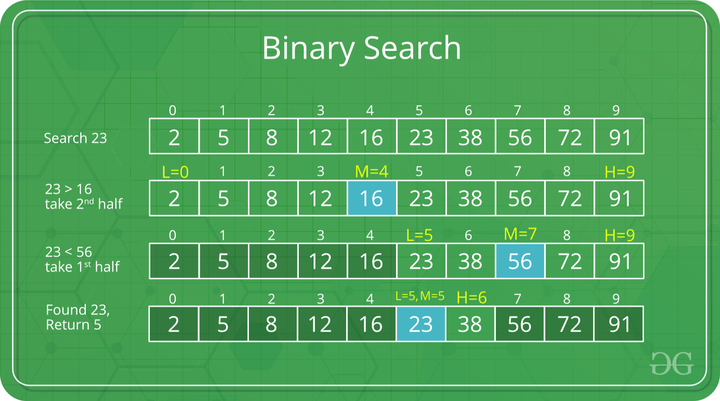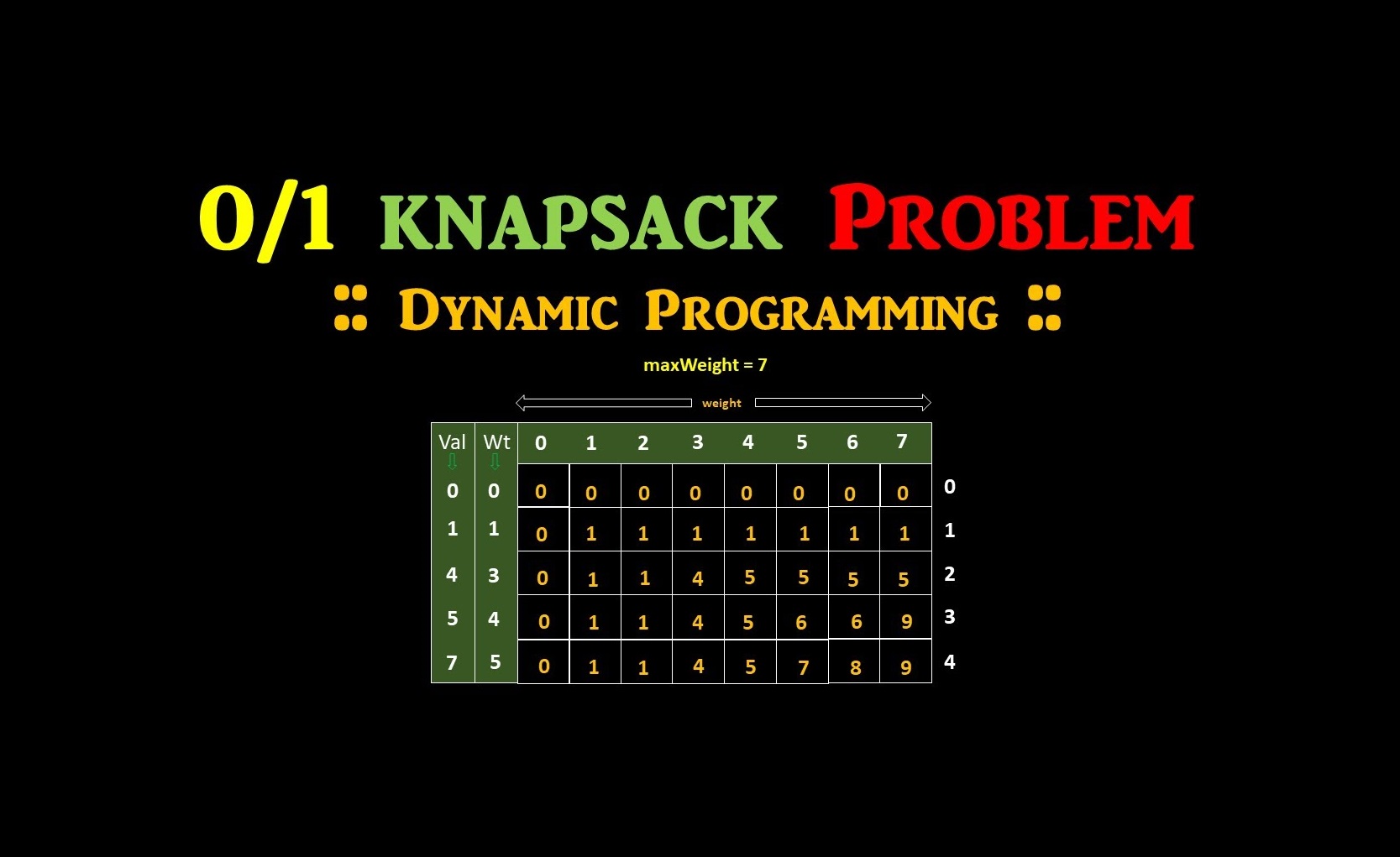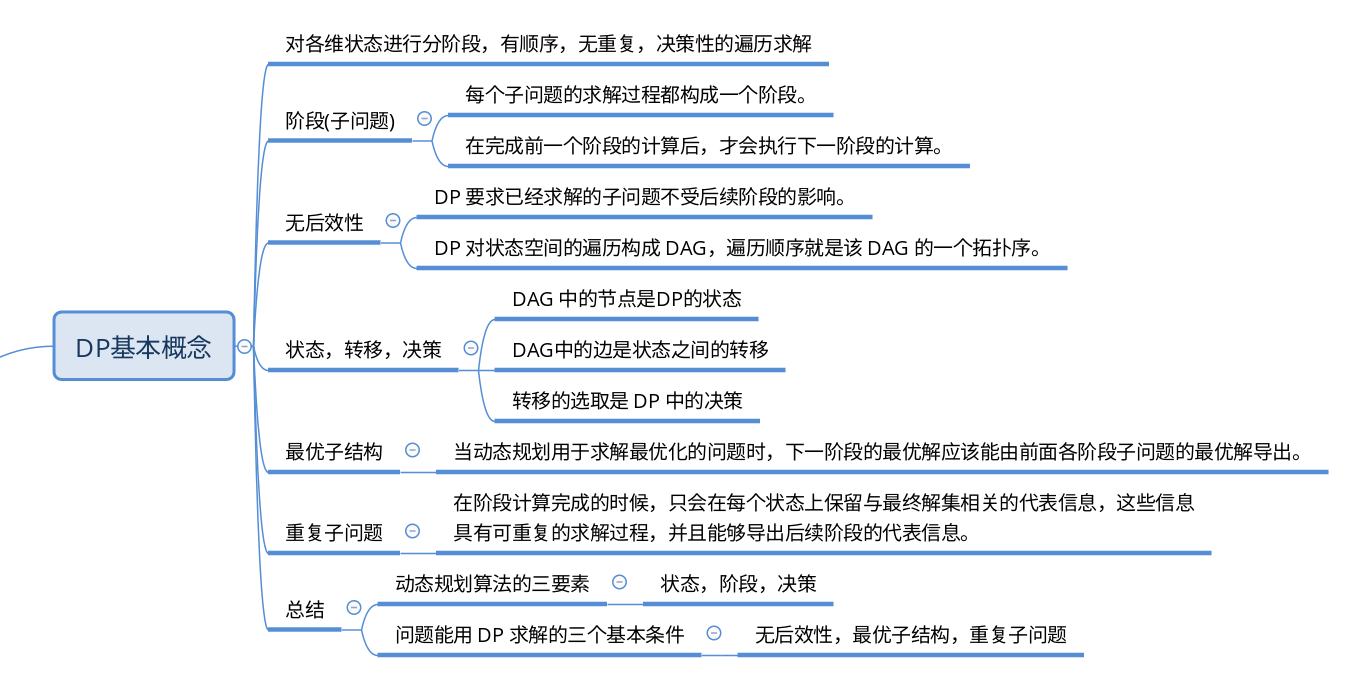Union-Find 算法的复杂度可以这样分析:构造函数初始化数据结构需要 O(N) 的时间和空间复杂度;连通两个节点union、判断两个节点的连通性connected、计算连通分量count所需的时间复杂度均为 O(1)。
Union-Find 算法的核心逻辑如下:
用parent数组记录每个节点的父节点,相当于指向父节点的指针,所以parent数组内实际存储着一个森林(若干棵多叉树)。
用size数组记录着每棵树的重量,目的是让union后树依然拥有平衡性,保证各个 API 时间复杂度为 O(logN),而不会退化成链表影响操作效率。
在find函数中进行路径压缩,保证任意树的高度保持在常数,使得各个 API 时间复杂度为 O(1)。使用了路径压缩之后,可以不使用size数组的平衡优化。
最终的具体实现
1
2
3
4
5
6
7
8
9
10
11
12
13
14
15
16
17
18
19
20
21
22
23
24
25
26
27
28
29
30
31
32
33
34
35
36
37
38
39
40
41
42
43
44
45
46
47
48
| class UF {
private int count;
private int[] parent;
public UF(int n) {
this.count = n;
parent = new int[n];
for (int i = 0; i < n; i++) {
parent[i] = i;
}
}
public void union(int p, int q) {
int rootP = find(p);
int rootQ = find(q);
if (rootP == rootQ)
return;
parent[rootQ] = rootP;
count--;
}
public boolean connected(int p, int q) {
int rootP = find(p);
int rootQ = find(q);
return rootP == rootQ;
}
public int find(int x) {
if (parent[x] != x) {
parent[x] = find(parent[x]);
}
return parent[x];
}
public int count() {
return count;
}
}
|
问图中两个节点是否连通。
1
2
3
4
5
6
7
8
9
10
11
12
13
14
15
16
17
18
19
20
21
22
23
24
25
26
27
28
29
30
31
32
33
34
35
36
37
38
39
40
| class Solution {
public boolean validPath(int n, int[][] edges, int source, int destination) {
UnionFind uf = new UnionFind(n);
for (int[] e: edges) {
int s = e[0];
int d = e[1];
uf.union(s, d);
}
return uf.connected(source, destination);
}
}
class UnionFind {
int[] parents;
public UnionFind(int n) {
this.parents = new int[n];
for (int i = 0; i < n; ++i) {
parents[i] = i;
}
}
public void union(int p, int q) {
int rootp = find(p);
int rootq = find(q);
if (rootp == rootq) return;
parents[rootp] = rootq;
}
public int find(int x) {
if (parents[x] != x) {
parents[x] = find(parents[x]);
}
return parents[x];
}
public boolean connected(int p, int q) {
return find(p) == find(q);
}
}
|





